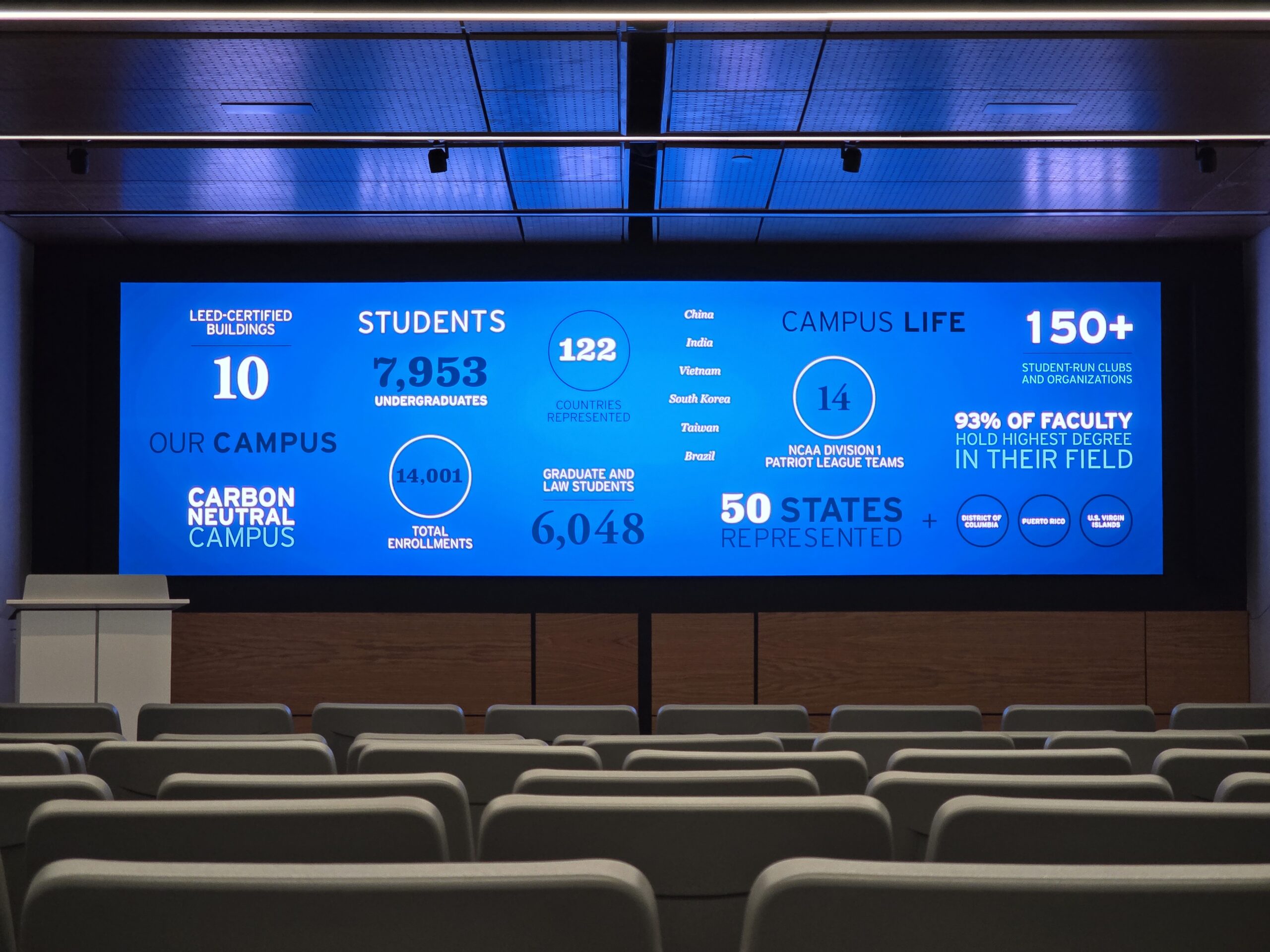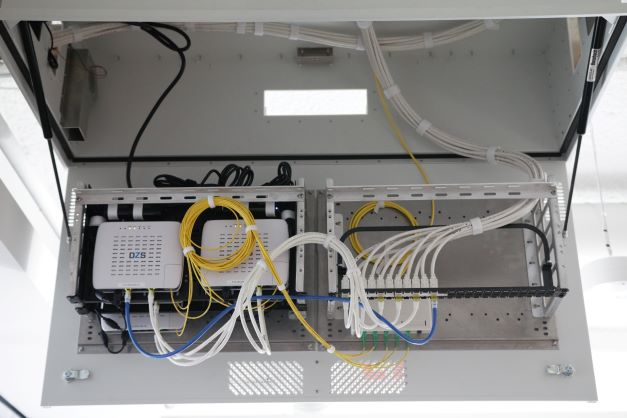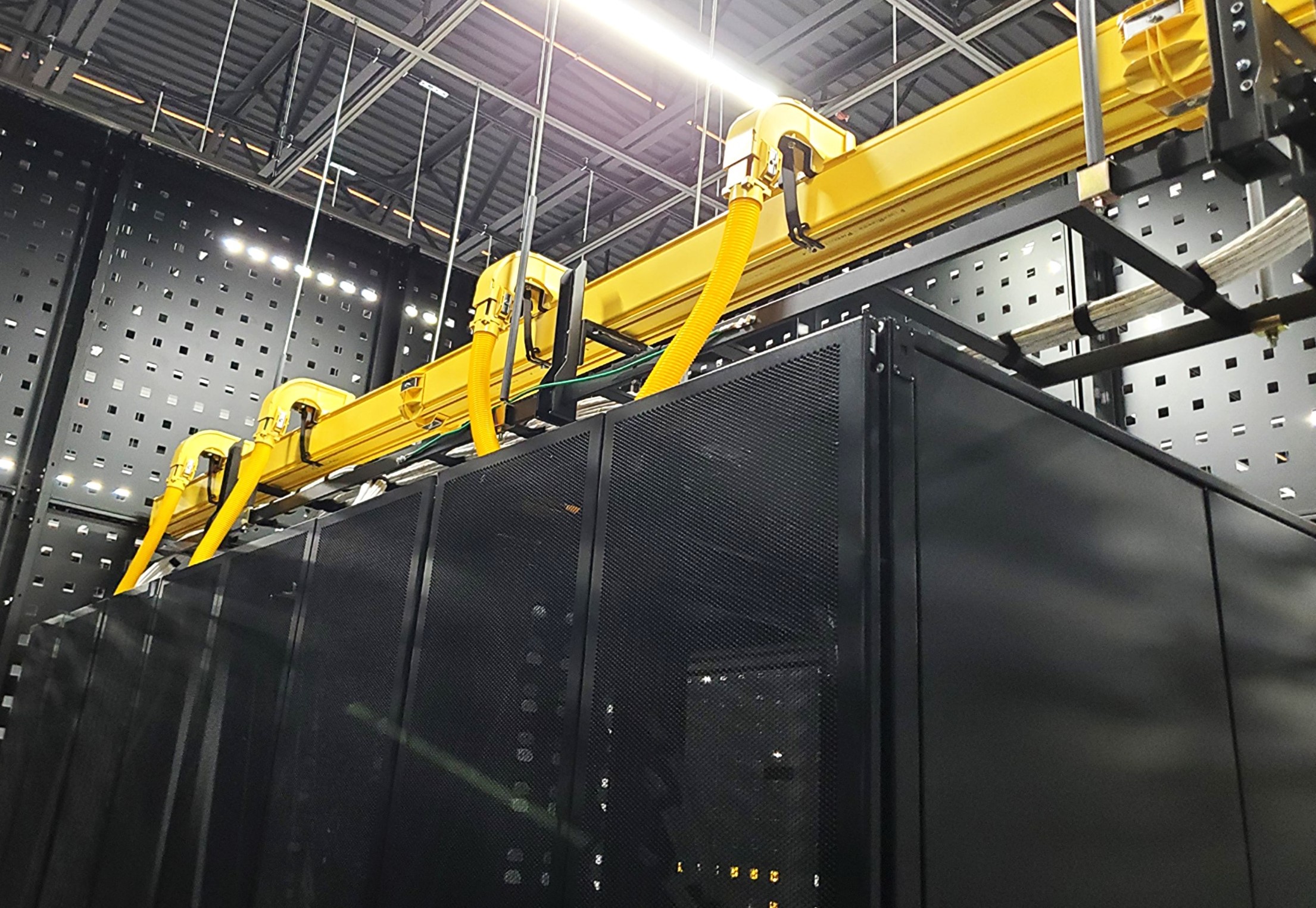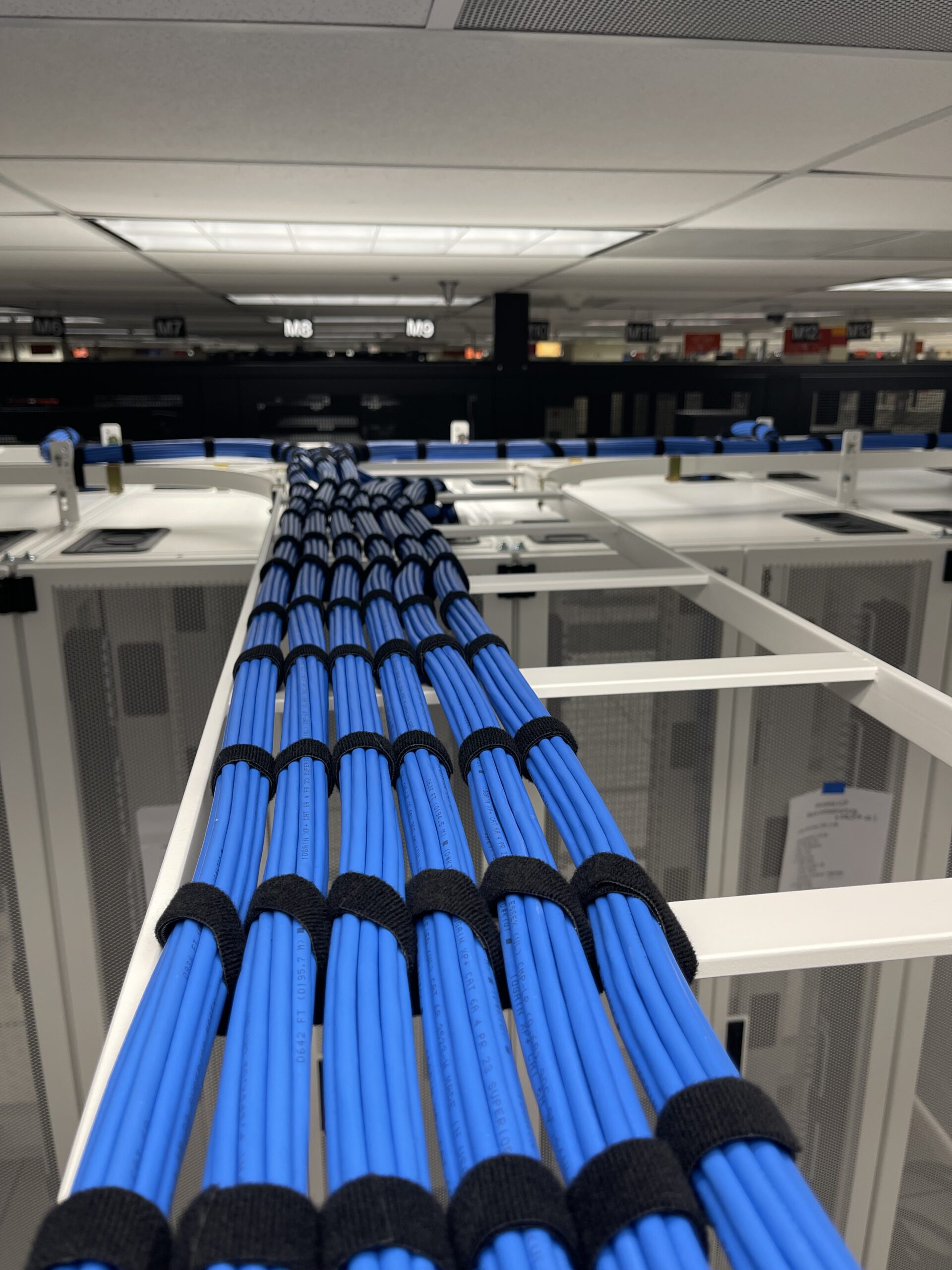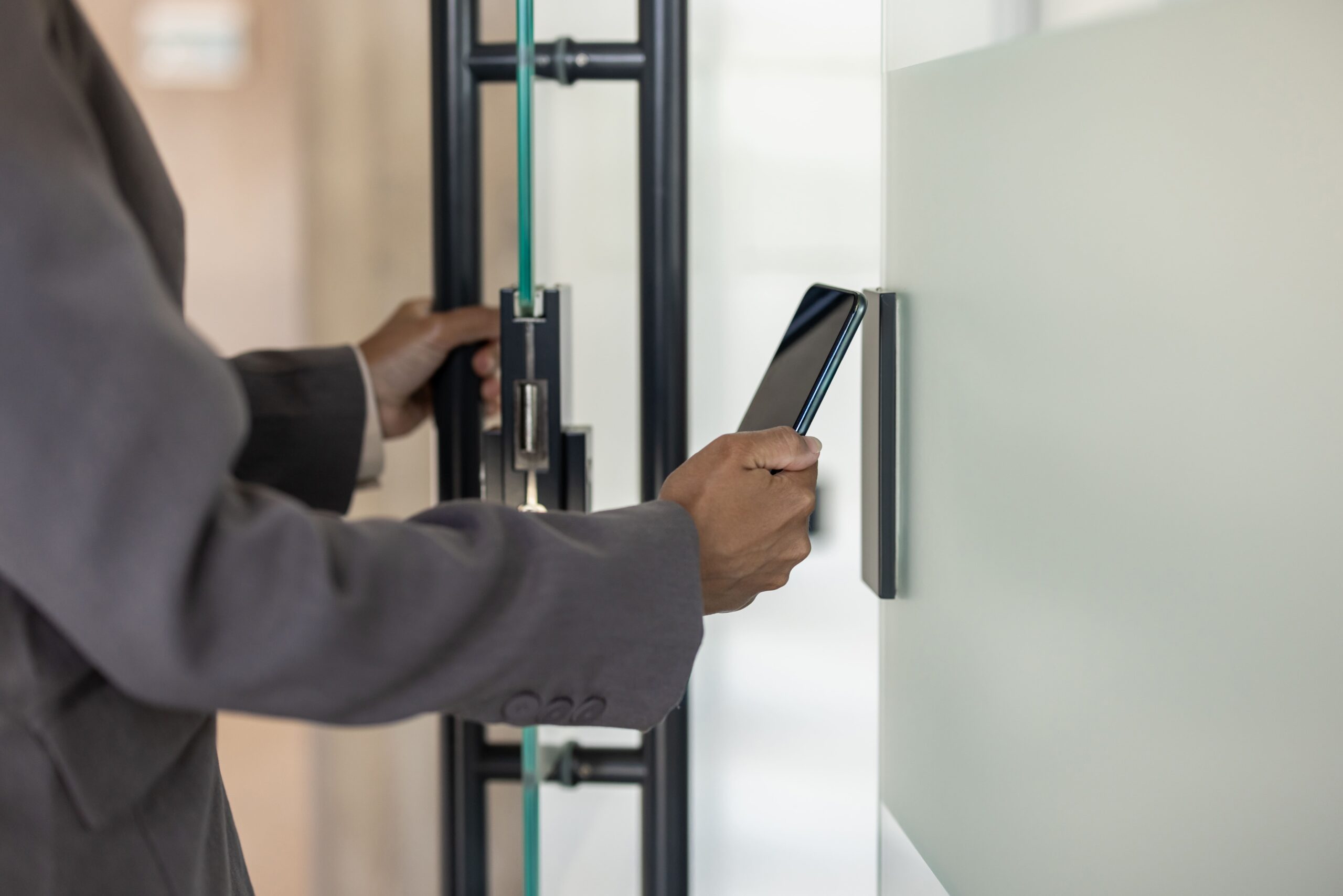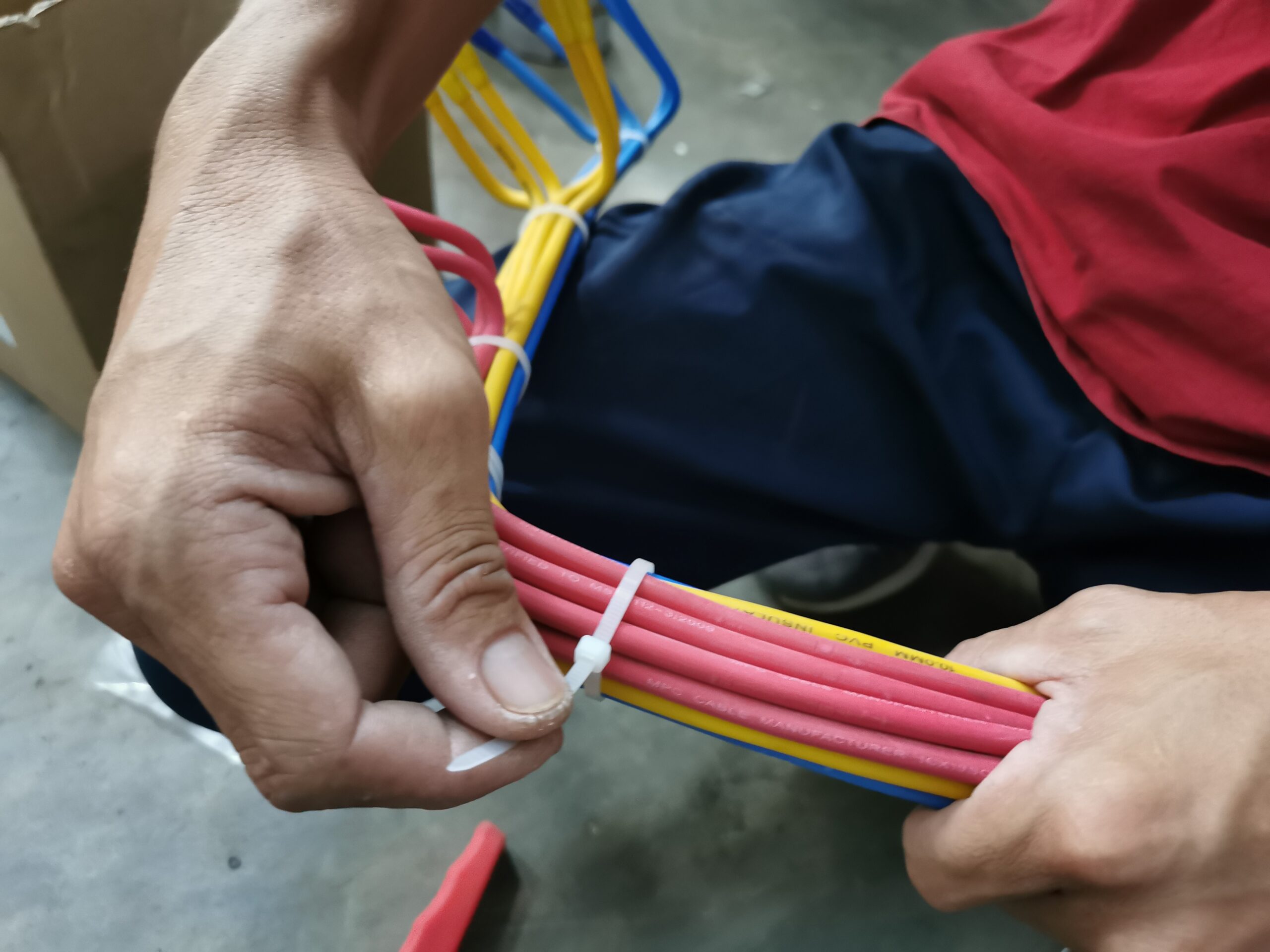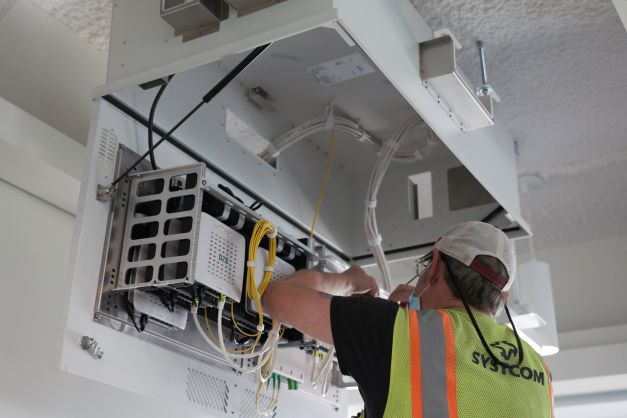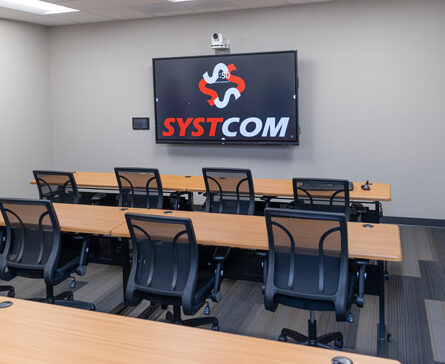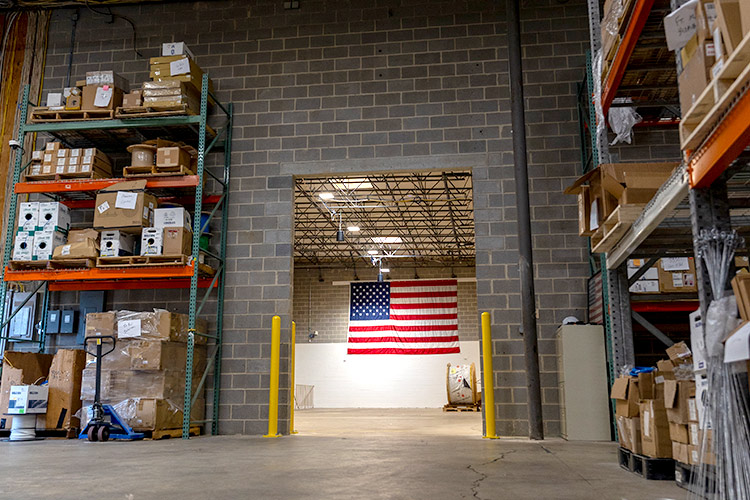Smart building technology is no longer just for tech giants and billion-dollar campuses. Today, small and mid-sized businesses (SMBs) are increasingly integrating smart features into their offices, warehouses, and retail spaces, often starting with something as foundational as their cabling infrastructure.
Whether you’re planning a new space or upgrading an existing one, understanding what smart building infrastructure involves and how to prepare your facility for it can position your business for better security, efficiency, and scalability.
Why SMBs Are Investing in Smart Building Tech
A smart building uses technology to automate, optimize, and manage various systems through a central network. This includes everything from lighting, HVAC, and access control to security cameras, occupancy sensors, and digital signage.
What ties all these systems together is the network infrastructure behind the scenes. And, a strong network infrastructure starts with low-voltage cabling.
Smart building features used to be considered a luxury, but they’re quickly becoming a necessity, even for smaller businesses. Here’s why:
- Energy Efficiency: Automating lighting and climate control can significantly reduce utility costs.
- Security and Compliance: Smart surveillance, access control, and visitor management systems help protect people, assets, and data.
- Improved Productivity: Automated meeting rooms, AV systems, and wireless connectivity create a smoother day-to-day experience for employees.
- Remote Management: Many systems can be monitored and adjusted off-site, giving business owners more flexibility.
These tools don’t just improve operations; they offer a tangible return on investment when properly planned and implemented.
The Role of Network Cabling in Smart Infrastructure
Every smart building feature, whether it’s a badge scanner or a motion-sensing thermostat, relies on some combination of data and power. These systems rely on cabling to provide consistent and reliable power, making them a crucial part of the foundation of smart capabilities.
Here’s how it fits together:
1. Structured Cabling Enables Integration
A structured cabling system ensures that all your devices—whether for data, voice, or security—are part of an organized and scalable network. This setup reduces complexity and makes it easier to maintain or expand in the future.
2. Power Over Ethernet (PoE) Supports More Devices
PoE allows power and data to travel over the same cable, reducing the need for extra electrical outlets or separate wiring. This is especially useful for devices like:
- IP cameras
- Wireless access points
- Digital displays
- Smart lighting systems
3. Scalability and Bandwidth Matter
As your smart systems grow in number and complexity, your cabling must support increased bandwidth and data flow. Choosing the right cable category (e.g., Cat6a or Cat7) ensures you’re not bottlenecking your technology with outdated wiring.
How Systcom Helps Build Smarter Spaces
At Systcom, we partner with business owners, property managers, and general contractors to design and install the low-voltage cabling systems that support today’s smart technologies.
We don’t just run wires, we help you plan a strategy that aligns with your business goals, whether you’re implementing access control, AV systems, digital signage, or full-building automation.
Our team ensures your infrastructure is:
- Organized and labeled for easy maintenance
- PoE-compatible for smart devices
- Scalable to support future technologies
- Installed with minimal disruption to your daily operations
Smart building technology isn’t just for big corporations anymore. With the right cabling infrastructure, your business can benefit from the same automation, efficiency, and control, on a budget that makes sense for you.
Contact us today to schedule a consultation and see how we can help you build a smarter, more connected workspace.
